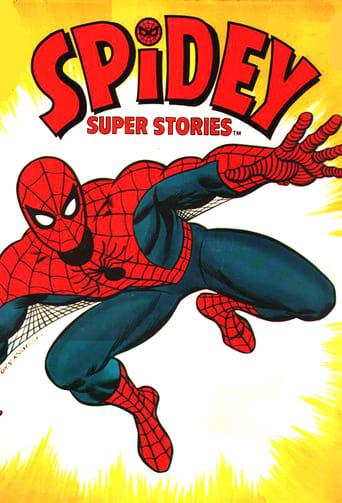"Spidey Super Stories" was a groundbreaking segment that aired as part of the beloved children's television show "The Electric Company" in 1974, produced by the Children's Television Workshop, now known as Sesame Workshop. This innovative series brought the iconic Marvel Comics character Spider-Man into the realm of educational television, captivating young audiences with thrilling adventures while reinforcing literacy skills. The segments were unique in their format, featuring live-action sequences that combined comic book-style storytelling with educational content, making learning both fun and engaging for children across the United States. The show starred actor Danny Seagren as Spider-Man, who donned the famous red and blue costume to battle a colorful array of villains, each episode weaving a narrative that emphasized the importance of reading and comprehension. The villains, portrayed by a talented ensemble cast, included memorable characters like The Enforcer, The Spellbinder, and The Wasp, each with their own quirky traits and schemes that Spider-Man had to thwart. The stories were crafted to be accessible to young viewers, using simple yet effective storytelling techniques that kept children on the edge of their seats while subtly teaching them valuable lessons. One of the most distinctive aspects of "Spidey Super Stories" was its use of comic book-style panels and on-screen text, which not only paid homage to Spider-Man's origins but also served as a tool to enhance literacy. As Spider-Man swung into action, words and phrases would appear on the screen, encouraging children to read along and follow the story. This method was a testament to the Children's Television Workshop's commitment to educational programming, blending entertainment with learning in a way that was both innovative and effective. "Spidey Super Stories" left a lasting impact on children's television, demonstrating that superhero narratives could be harnessed to promote education. The series not only entertained but also inspired a generation of young viewers to embrace reading and storytelling, proving that even the most fantastical tales could have a meaningful educational purpose. Its legacy endures as a shining example of how creative storytelling and educational goals can be seamlessly integrated to create a truly enriching viewing experience.
Año1974
Número de episodios29
Número de temporadas3
Duración del episodio5
EstadoEnded
Países de producciónUnited States of America

